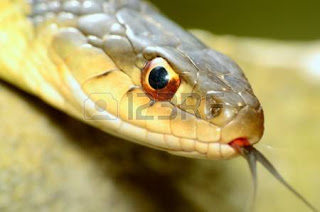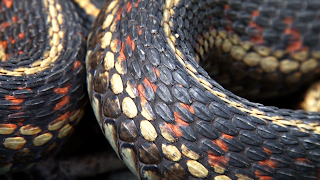I first took part in the #inktober challenge in 2015. I am going to give it another go this year.
Here is my first entry for #inktober 2018. It’s a sketch of The War Memorial and Leeds Town Hall.
If you would like to know more about inktober and how to take part (it’s totally free , it only costs your time, and it’s FUN!)
Here is a link to the official site
Here is my first entry for #inktober 2018. It’s a sketch of The War Memorial and Leeds Town Hall.
If you would like to know more about inktober and how to take part (it’s totally free , it only costs your time, and it’s FUN!)
Here is a link to the official site


















































